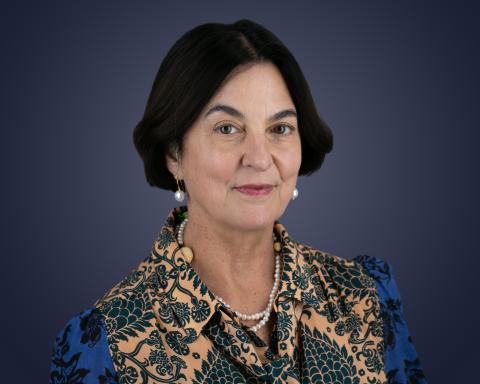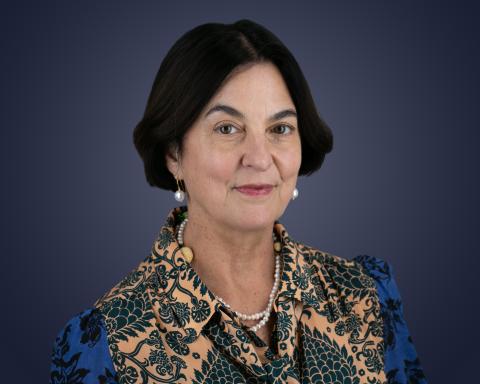Netflix Q1 2023: Growth through optimisation
19 April 2023A year after sub-par results brought a reckoning upon the whole streaming sector, Netflix backed up an affirming Q4 with another positive showing by its core business—allowing attention to shine on its more peripheral growth initiatives
The slower-than-expected rollout of Netflix's attempt to monetise non-paying users—dubbed "paid sharing"—indicates the difficulty of the project, but resistance will be felt even more by weaker competitors. Meanwhile, ARPU figures are very promising for the new ad-supported tier, but scale is assumedly still small
While Netflix continues to optimise its offerings, its competition remains hesitant—they appear no closer to understanding what their streaming products should be and how they should sit within their wider businesses


